人教版小学六年级上册全册英语教案范文思维导图

编写教案的繁简,一般是有经验的教师写得简略些,而新教师写得详细些。
树图思维导图提供 人教版小学六年级上册全册英语教案范文 在线思维导图免费制作,点击“编辑”按钮,可对 人教版小学六年级上册全册英语教案范文 进行在线思维导图编辑,本思维导图属于思维导图模板主题,文件编号是:11f37259037c98883da1343b156b904d
思维导图大纲
人教版小学六年级上册全册英语教案范文思维导图模板大纲
编写教案的繁简,一般是有经验的教师写得简略些,而新教师写得详细些。原定教案,在上课进程中可根据具体情况做适当的必要的调整,课后随时记录教学效果,进行简要的自我分析,有助于积累教学经验,不断提高教学质量。以下是树图网带来的人教版小学六年级上册全册英语教案内容,感谢您的阅读,希望能帮助到您!
人教版小学六年级上册全册英语教案1
教学目标:
新课程强调知识与技能、过程与方法、情感态度与价值观三个角度的有机结合,本着这样的认识,我制定如下教学目标。
认知目标
学生能听、说、读短语及单词:family,parents,aunt,uncle,babybrother能运用 how many......进行口语交际。
能力目标
能用英语交流在假日中的活动,部分同学能用英语流利介绍节日的有关情况。
情感目标
通过活动、游戏使学生产生学习英语的兴趣;让学生敢于、乐于开口,积极参与交流。并让学生在学习的过程中,培养他们的合作意识和竞争意识。
教学重点:
让学生掌握词组,能运用词组进行交流,初步锻炼学生运用词组描述节日的能力;
教学难点:
让学生认识时态的变化,及意识到词组的不同运用能造就语言的丰富性。
教学方法:
1. 教法设计 根据英语这门课本身的特点及四年级学生的兴趣,我通过设计具体形象的情景,以旧带新,不断滚动知识点,以此来分散教学难点,让学生直观地感知与理解。同时创设数个任务活动,从单词到短语到句子到对话到片断,使学生在师生、生生之间的多向交流中进行有意义的练习与实践,充分发挥他们的学习主体性,培养他们学习致用的能力。
2. 学法指导 引导学生通过比较、观察、猜测的方法逐渐感悟新语言项目的功能,让学生在多层次的练习中体会到学习英语时"运用"的必要性,鼓励学生积极思维,大胆尝试。
3. 教学手段 根据本课的教学内容、教学目标、学生的年龄特征和心理特征,为了更好地激发学生学习兴趣,从而能积极主动参与学习。教学中运用多媒体课件、图片等教学辅助手段,置抽象的句型于一个个生动的情景、游戏之中,不仅使学习过程自然轻松,更能较好地启智开思。
教学过程:
1.热身( Warm up)
一中外不同家庭全家福为背景,播放中文歌曲《让爱住我家》开头曲,让学生静静闭上眼睛感受家的氛围。
再此过程中有老师进行话语引导"同学们,家是温馨的港湾,每个人都有一个家,歌曲中唱到,我爱我的家弟弟爸爸妈妈,那么同学们知道这几个词语用英语怎样表达吗?"
2. 单词学习(word learning)
第一步,先由大屏幕学习本科单词,有老师详细解释;
第二步,反复领读与自我练习;
第三,拼写阶段,四线格练习;
第四,memory game的游戏。
[设计意图] 该部分有两处亮点,一是,依然重视四线格的书写,为我的学生打下一个良好的英语基础。
3. 单词游戏(memory game)
[设计意图] 既增添课堂气氛又争取让我的学生限度的当堂掌握新学的单词。记不过不要紧,目的不是必须当堂掌握,而是限度的提升课堂效率,并限度的挖掘学生潜能。
最后谁答对了还会有奖励,即道具"卡片鱼",这样道具也不会被浪费。
4.课文学习 (text learning)
以问题导入"我们知道Ammy 的家庭有六位成员,可Ammy却说有七位,这是为什么呢?" 接下来利用视频学习课文并找出答案。
[设计意图] 让学生带着问题学课文找答案,增强目的性。本环节有两处特色,第一是,所选视频是实景实人视频而不是动画,增强真实感,限度的再现英语环境。第二是,由老师进一步解释Ammy为什么把狗也看作是家庭成员,以此培养跨文化意识。
5.语法学习(grammer learning)
此环节学习方式:小组竞赛。以座位分成四个参赛小组,按每个同学的课堂表现为本组加星,课末评出WINNER。本节课所教授的`句子是"How many people are there in your family?"
[设计意图] 学习方式的宣布让学生对本节课充满了兴趣,激起了他们的斗志和为本组争星的表现欲。提高他们的表达能力,反复练习语法知识,学以致用。
6. 知识拓展(Extra tips)
由老师补充搜集课本上没有的知识,如,本课中其实爸爸妈妈在英语国家还有其他的口语化叫法mammy dady等。
[设计意图]一是,让学生开眼界。二是,为我下一步的作业布置铺路子。
7.课后作业(Homework today)
(1) "说出你的爱":回家后用英语称呼你的家人,如"Mom,I love you!"
(2) "我学我用":准备下节课带自己的全家福一张,向你的同学介绍你的家庭成员。
[设计意图] 巩固所学,将课内的学习延伸到生活。
8. 结束(the ending)
最后以I love my family 歌舞表演结束本课。
[设计意图] 第一,号召同学们stand up and move your body! 让同学们站起来一起唱一起跳。因为这首歌曲是精心挑选的,并且会配以动作教学。第二,从另一个侧面向孩子们昭示,只要课堂上认真听课,四十五分钟过后必定会有轻松的一刻。第三,使本节课在一个轻松愉快的氛围中结束,让每个人被这首歌所感染,心中充满浓浓的爱意,体会到英语的魅力,使思想境界得到升华。
人教版小学六年级上册全册英语教案2
一、 教学内容与分析:
1.Fill in the blanks
本部分提供学生26个字母,通过补全字母帮助学生区别和辨认字母的大小写。同时,让学生清楚26个字母的排序,认识其字母的代表单词。
2. Let's sing.
本部分是一首字母歌,歌曲耳熟能熟,琅琅上口。
二、课前准备:
1.师生准备已学过26个字母的大小写及其读音。
2.教师卡片,录音器材
三.教学步骤
1. 热身/ 复习(Warm-up/Revision)
(1) 学生间进行日常对话。
(3) 将学生分两组,一边拍手,一边唱第一单元的ABC song。
2. 新课展示(Presentation)
(1)字母接龙:教师随便念出一个字母,学生马上反应出其字母前面或者后面一个字母。完成课本第69 页Fill in the blanks的练习,或把它布置成家庭作业。
(2)Bingo 游戏:提前让学生在英语本上画出九方格,游戏开始前,先让学生写下自己喜欢的九个大写或者小写字母。游戏开始,教师或者请一位学生随意念出三个字母,其字母能够连成直线就站起来大声喊出Bingo.
(3)学唱歌曲Sing a song中的歌曲。学生可以一起拍手演唱。教师也可以增加难度,要求学生唱到元音字母时起立。
3.趣味操练(Practice)
(1)"倒金字塔游戏"快速认读单词,教师先快速呈现一个字母让学生马上认读出来,接着呈现两个,三个…按照学生水平,如此增加字母的数量。
(2)根据字母代表单词自编歌谣。
4. 课堂评价(Assessment)
做活动手册本单元第4、5部分。
5. 课外活动(Add-activities)
将这首歌唱给家长和同学听。
人教版小学六年级上册全册英语教案3
一、教学内容
1.围绕本单元重点词汇和句型进行复习巩固。
2.进行听说读写四项能力方面的训练。
二、教学目标
1.能够正确理解和表达本单元词句。
2.能够围绕本单元重点内容完成段落书写。
三、教学重点和难点
1.本课的教学重点是:对前三个单元学习的基本词汇和交际用语进行全面的`检测。
2.本课的教学难点是:B项对话活动。D项书写文段的活动。
四、教学手段
教学录音磁带、卡片、挂图
五、教学方法
情境教学法、听说法、翻译法、语言交际法
六、教学步骤:
1.Sort game Read the flash cards
2.T Show the pictures of partA. T: What can you see in these pictures? Where are these places? What do you know about Lhasa/Egypt/crocodiles?
3.Ss listen to the tape, and match.
4.Discuss the answers with the partners, listen again and check the answers in class.
5.Ask the Ss to read PartB. And listen to the tape.
6.The Ss can make a dialogue in pairs, and act out.
7.Part C Read and answer the questions: When did Marco Polo come to China? Did Marco Polo have an uncle? Where did Kublai Khan send Marco Polo? When did Marco Polo leave China? Did Marco Polo write many stories about China in a book? What’s the name of this boo?
8.Do the exercises, check the answers.
9.Ask the Ss to read Part D, and choose one to think about.
10. Write.
11.Homework: Finish the writing.
人教版小学六年级上册全册英语教案4
people's jobs
教学内容:
1.词汇
(1)复习关于职业的词汇:doctor, teacher, nurse, cook, fireman, driver, policeman, pilot, singer.
(2)学习生词:astronaut, coach, actor (actress), writer.
2.功能句型
(1)复习询问他人职业及回答:What does he/she do? He/She is a/an …。
(2)学习询问对方将来想要从事的工作及回答:What do you want to be when you grow up?
I want to be a/an …。
教学目标:
1.知识目标
(1)能掌握和职业相关的一些词汇,并能在相应的功能句型中熟练运用;
(2)能在恰当的情景下熟练运用关于询问他人的职业及回答的交际用语;
(3)能在相应的情景下熟练地运用关于询问对方将来想要从事的工作及回答的交际用语。
2.能力目标
(1)通过学习和操练,使学生能掌握本课所学关于职业的词汇,能熟练询问他人的职业及对将来工作的理想,并做出相应的回答;
(2)在学习过程中培养学生发现问题和解决问题的能力,提高自学能力;
3.策略目标
(1)帮助学生学会与人合作,共同完成学习任务;
(2)帮助学生学会观察生活中标的英语,学会借助词典来学习。
4.其他目标
(1)在学习职业名称的过程中了解"感动中国的2003年度人物",潜移默化地为学生树立榜样;
(2)在小组学习和帮助他人学习的同时,培养学生乐于助人,热爱集体的良好品质;
(3)通过多种形式的游戏和活动,激发学生英语学习兴趣。
教学重点:
1.重点词汇:astronaut, coach, actor (actress), writer.
2.重点句型:What do you want to be? I want to be a/an …。
教学难点:
1.正确朗读和运用关于职业的词汇。
2.正确理解、询问对方对将来工作的理想,并能做出正确的回答。
教具准备:
1.教师准备:多媒体课件,图片,单词卡片,奖励卡片;
2.学生准备:课本,笔。
教学过程:
课前介绍评价方式
Step 1: Warm up and lead in
1. Oral English
2. Sing a song: The Wheels on the Bus.
3. (课件): Look, she is the driver of the bus. Her job is driving the bus. Do you know "job"? 板书Jobs,并介绍课题。
Step 2: Review some words
1. Free talk: What jobs do you know? (Can you act as a …?)
2. Games:
(1) Show some word cards, read and act.
(2) Act, ask and guess---What does he/she do?
Step 3: Presentation:
1. Talk about the great people in 2003.
(1) Watch the screen and think: Who are they? What are their jobs? (通过课件呈现"感动中国"的人物。)
(2) T: They are called the Great People in 2003. 他们是被评为"感动中国的2003年度人物中的几个。Do you know their names?
(介绍6个人物的姓名。学生活动:介绍人物姓名,摆放相应人物的复读机、图片和文字介绍材料。教师示范第一个。)
(3) Watch and listen.
T: What are their jobs? Let’s listen. (课件录音完整介绍6个人物的工作和业绩。)
2. Learn the new word by the students themselves.
(1)示范pair work: Listen, look, match and read. (示范过程中学习生词:coach---c-oa-ch---coach)
(2)学生自学单词,合作完成练习。
T: OK. Boys and girls take out your paper and practice with your partner, please. If there are some new words for you, you can use your dictionary(出示字典), go to listen to the tape or teach each other.
(学生活动:自学不会的单词,合作完成练习。)
(3)学生组内练习介绍一个人物。(学生活动:选择一至两个人物在组内练习介绍。)
3. Introduce them in the front.
T: Who wants to come here and introduce one of them to us? Please listen carefully and check your answers.(学生活动:自愿前来介绍一个人物。)
要求:介绍以后要板书图片;离人物介绍大图较近的学生可以引导用大图片。
4. 相应单词的练习
astronaut:
(1) Pronunciation: astronaut---an astronaut.
(2) Practice (Pass the picture and ask) What does he do? He is an astronaut.
writer:
(1) T: Can you act as a writer? 引导学生练习: writer---writer
(2) T: What other writers do you know?
actor:
(1) T: Who’s your favorite actor? (根据学生的回答介绍:actress)
(2) T: Do you want to be an actor or actress? Why?
5. Learn the sentence patterns.
(1) T: They are all the great people in China. We will always remember them. Do you want to be one of them? What do you want to be when you grow up? You can say: I want to be …。 (出示句卡,带读,板书)
(2) T: What about my daughter? Can you ask her?
(出示句卡,学习问句,板书) want---want to be---What do you want to be---grow up---when you grow up---What do you want to be when you grow up?
(3) 课件:播放录音---妞妞的回答
(4) Practice: Pair work; Show in the front.
Step 4: Reinforcement --- Talk about the most popular job.
T: Excellent! You have so many wonderful dreams for your future job. What is the most popular job in our class? Let’s finish a questionnaire.
(1) Model;
(2) 小组调查;
(3) 各小组填写结果;
(4) 汇总全班调查结果
T: The most popular job in our class is ________. Why do you want to be a/an …?
Step 5: Summary
T: How can you make your dream to be true? What can you do for your dream?
Please remember: Where there is a will, there is a way. (课件呈现)
Step 6: Homework
Talk about your dream job with your parents.
人教版小学六年级上册全册英语教案5
Let's go
Language focus:
Using ‘want to’ to express intentions
e.g. I want to have a picnic.
Using ‘going to’ to describe events that will occur quite soon
e.g. I'm going to visit City Park!
Pre-task preparation
1 Ask: What do you usually do at weekends? Do you usually have a picnic? to review: picnic, fountain and pond. Introduce: football pitch. Draw a football pitch on the board. Ask: Where can you find a football pitch? Do you usually play football there? Write: Zhongshan Park, City Park, Moon Park on the board. Ask the students to name a few more places where people usually go on holidays.
2 Play the recording: Look and read. Students listen and follow in their books.
3 Play the recording again. Students listen and repeat.
While-task procedure
1 Ask the students to read the information boards in Read and choose. Students work in groups to discuss where all the characters want to go. Distribute a copy of Photocopiable page 17 to help the students make a choice. Invite the more able students to tell the reasons. 2 Distribute a copy of Photocopiable page 18 to each student. Students work in groups of five. They are required to discuss what their group are going to do on a holiday. Then each group member has to choose a place which suits most of the group members. Finally, the group can vote and choose the most suitable place to go.
3 Play the recording: Read a poem. Students listen first. Then the whole class follow and read together.
4 Encourage the students to rewrite the verses. Distribute a copy of Photocopiable page 19 to each group. Ask them to replace City Park with the place which they would like to visit. Groups take turns to read their poem. The whole class vote for the best reader.
Post-task activities
1 Workbook page 6
2 A poem
Write the beginning of the poem on the board: It's (a day) tomorrow. What do you want to do? to elicit: I want to go to ... Continue with: What are you going to do? What are you going to see? Where are you going to eat?
人教版小学六年级上册全册英语教案范文相关文章:
★ 六年级上册英语教案范文
★ 小学六年级英语教案大全
★ 2021pep新版小学英语六年级上册教案范文集锦
★ 小学六年级英语教案范文
★ 人教新版小学六年级英语教案5篇
★ 小学六年级英语教案范文大全
★ 2020pep小学六年级英语上册教案2021范文
★ 小学六年级英语教案
★ 六年级英语教案范文
★ 六年级英语教案大全







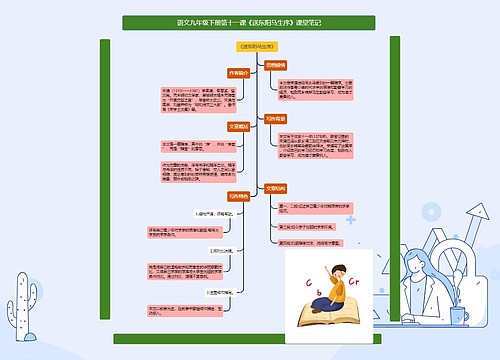
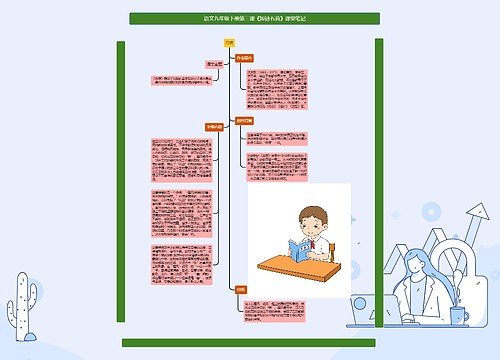
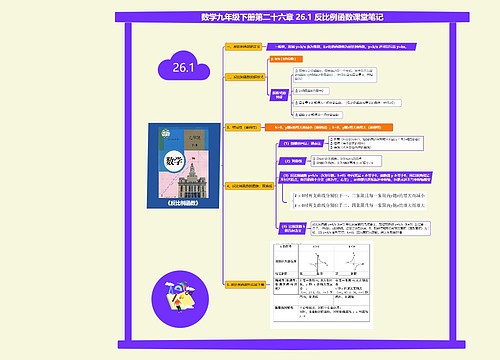
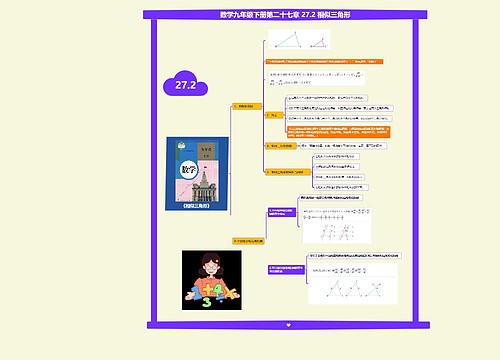
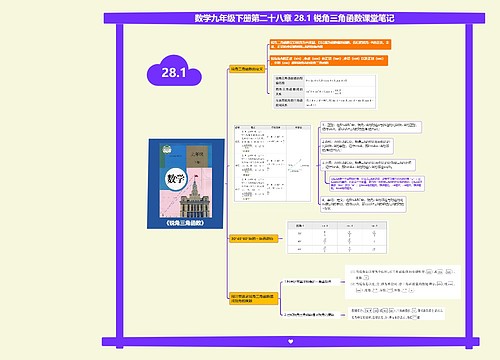
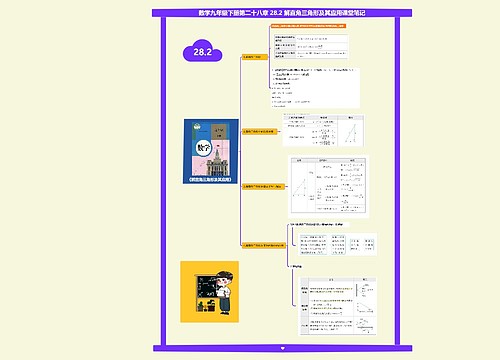
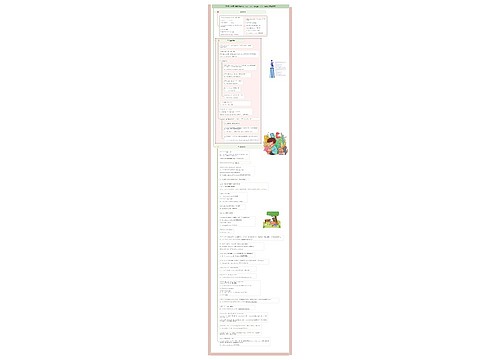
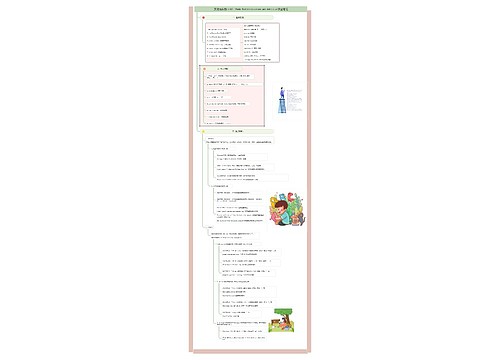
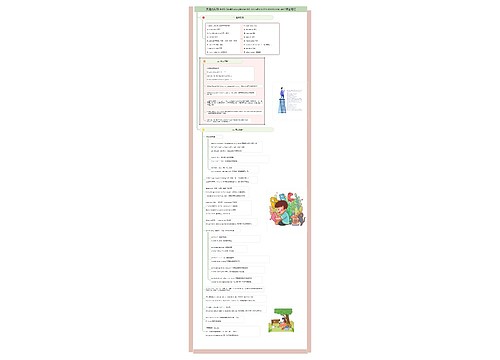
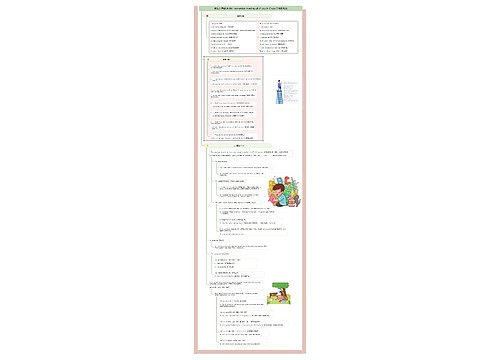

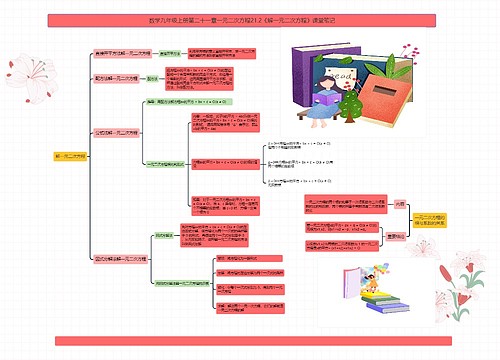
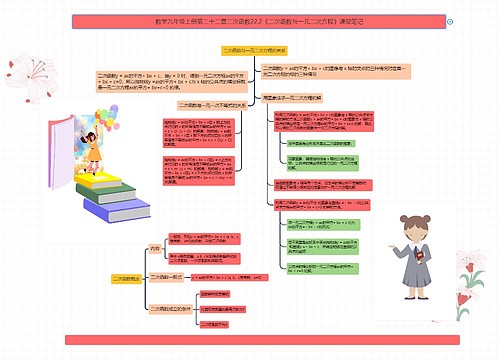
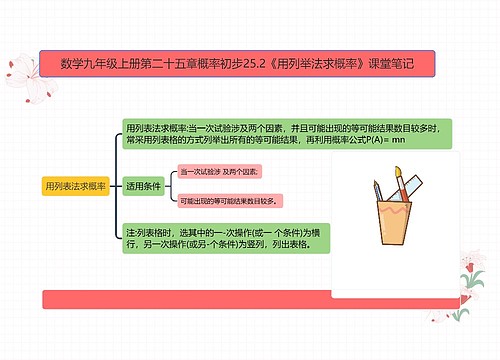


 上海工商
上海工商